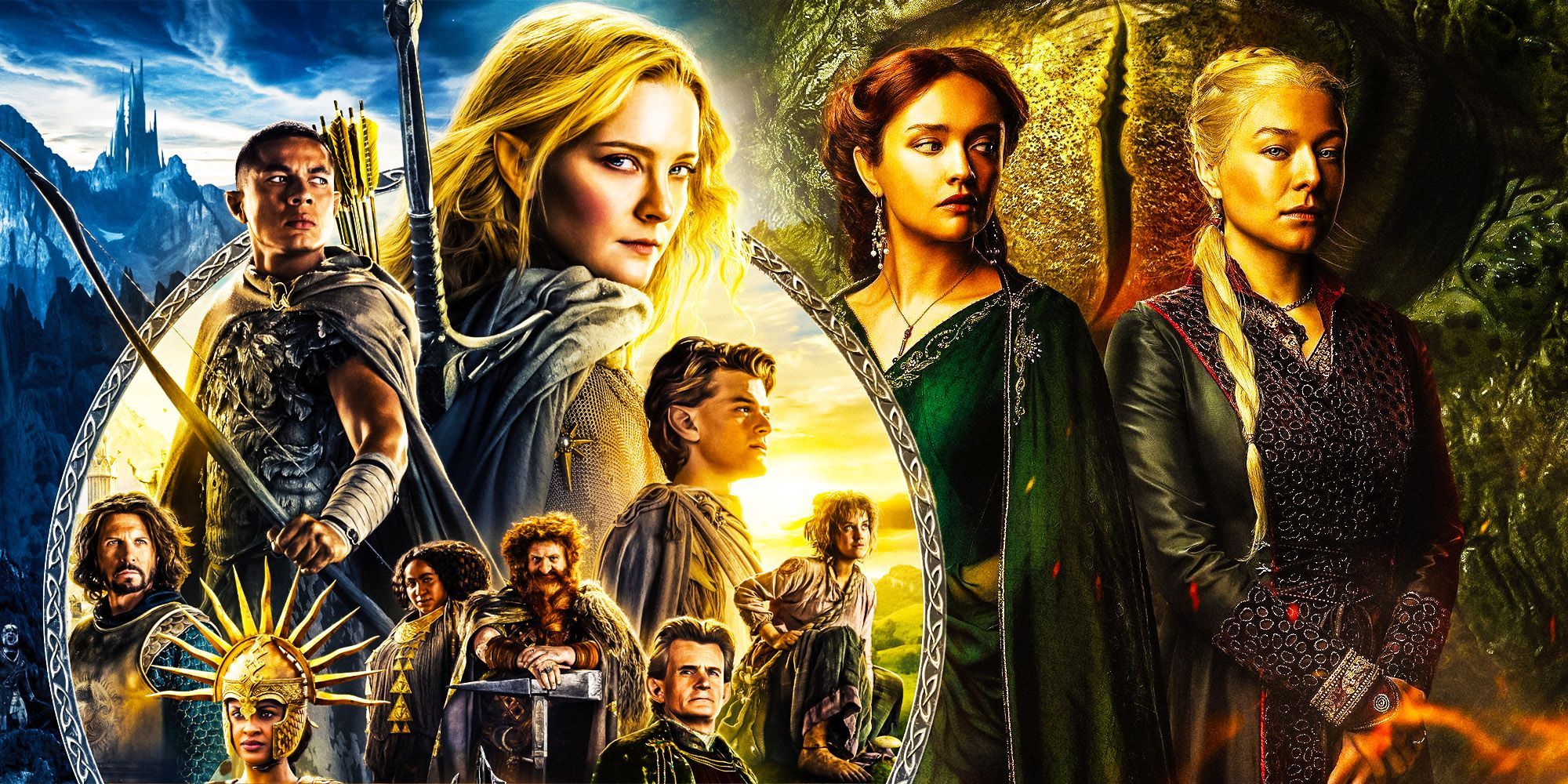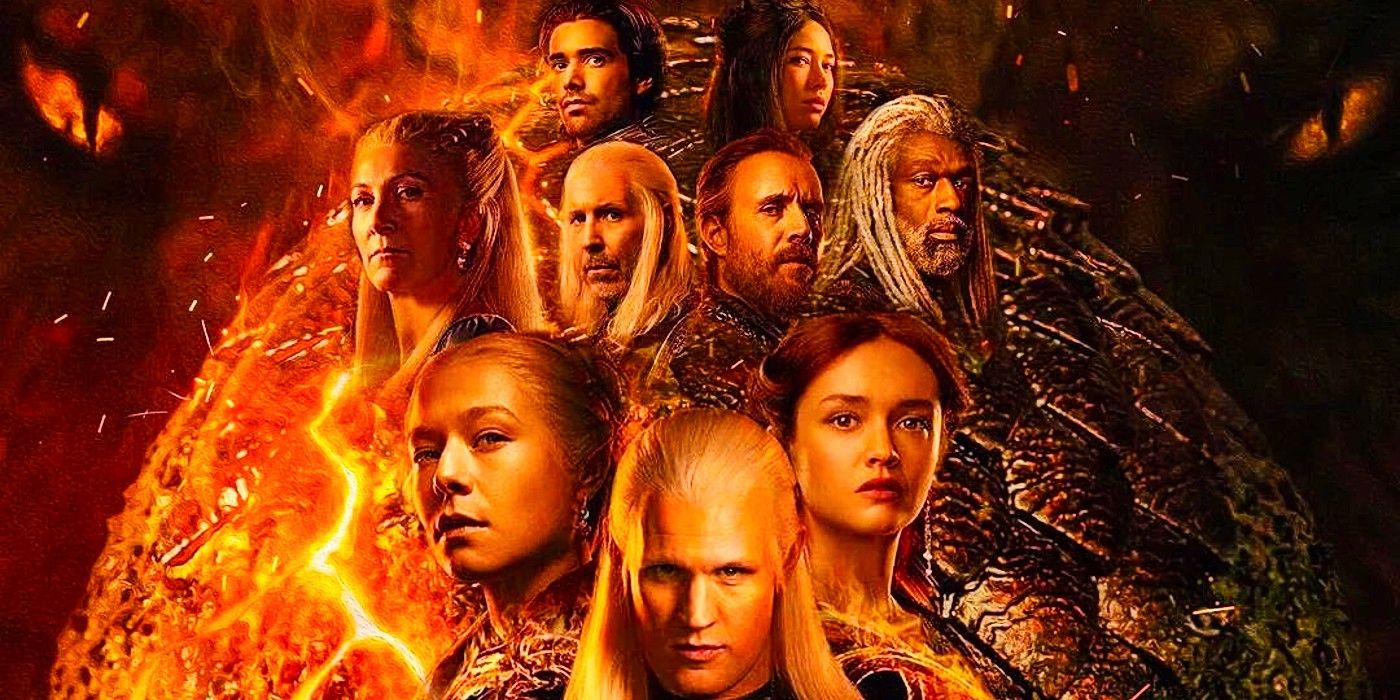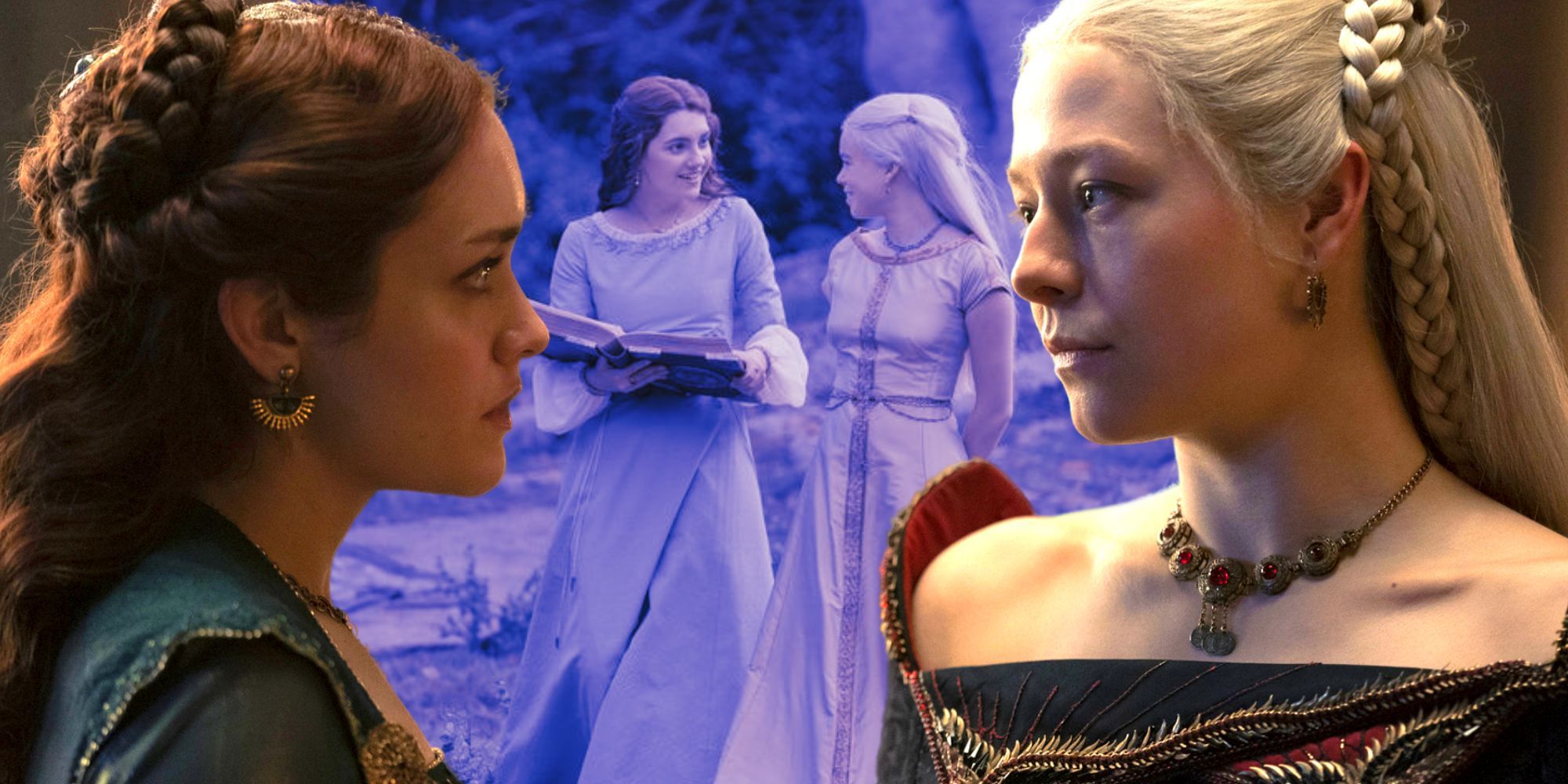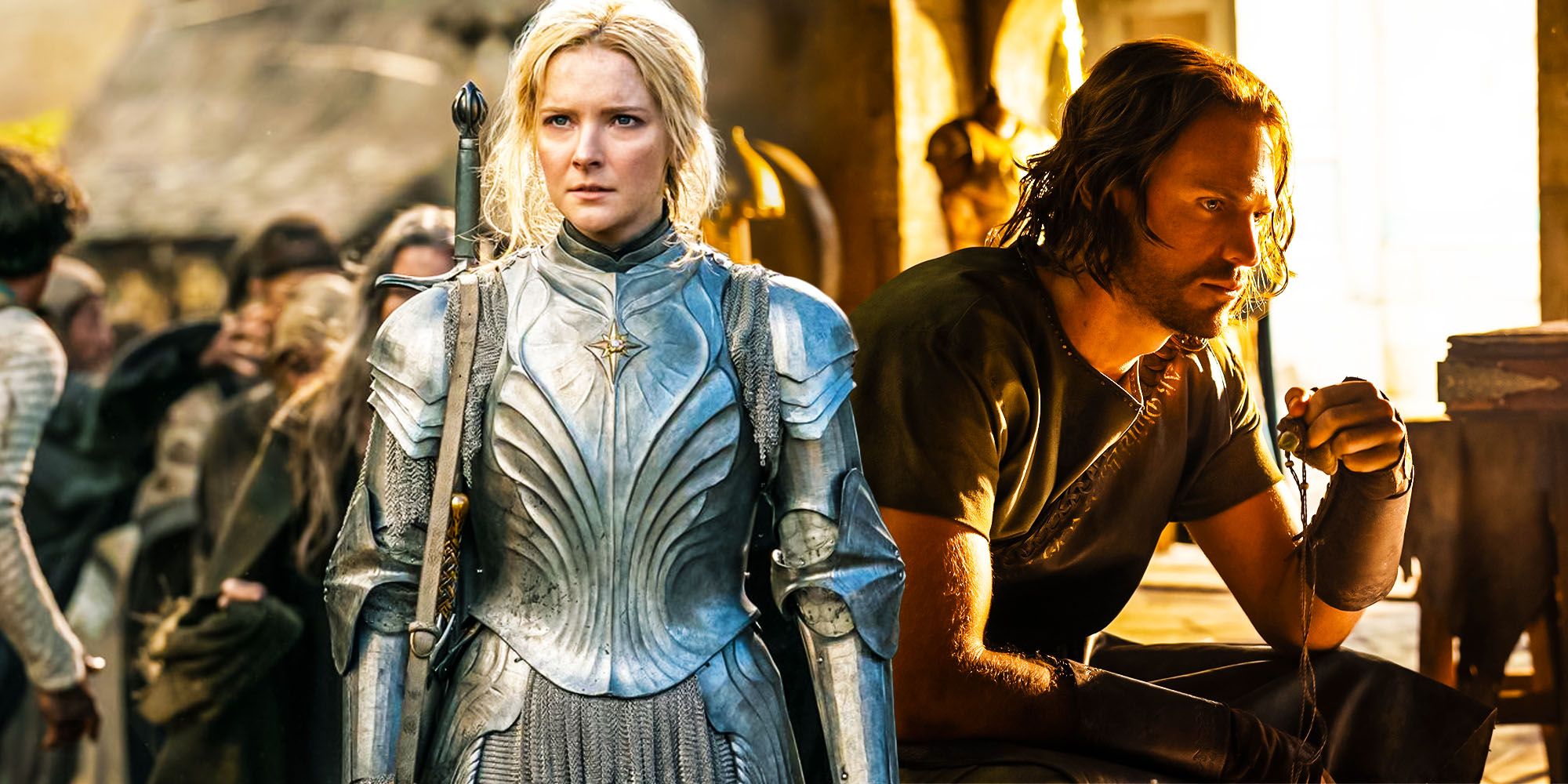The Rings of Power has condensed thousands of years of Tolkien's canonical timeline in sweeping retcons that could have been handled the way House of the Dragon managed time jumps. Both shows are based on written source material that covers quite a bit of time, but their approaches to dealing with this couldn't have been more opposite. The Rings of Power showrunners avoided time jumps in season one and introduced the major players immediately, so everyone was in place for the action. House of the Dragon, on the other hand, employed time jumps to show the passage of years and the growth of its characters, which proved to be the better way to tackle the timeline problem.
House of the Dragon took pains to develop its characters. Rhaenyra Targaryen was played by two different actors, Milly Alcock and Emma D'Arcy, to account for her aging. While recasting actors mid-season can create confusion for the viewer, it does show how a character changes over time, which, in a story that spans generations, ultimately results in continuity to the narrative. Unfortunately, with its intensely condensed timeline, The Rings of Power did not flesh out its characters. Instead, it focused on setting up the action, a decision that may have compromised the timeline and flow of the story.
HOTD Proves An Authentic Second-Age Story Would Work
In season one of House of the Dragon, twenty years passed. In total, eleven actors were recast, often from children to adults. In all cases, the recast characters were recognizable beyond resembling their childhood counterparts. The adult Rhaenyra Targaryen was proud and stubborn, just as she was when young. Alicent Hightower remained fiercely loyal to her family while still being ambitious, and Aegon II became even more awful in more ways than one. Despite the time jumps and necessary recasting, each character still had continuity. Viewers didn't need everything all at once. Learning the players at a measured pace made buying into their dilemmas relatively easy.
For The Rings of Power, the interest in fluidity was lost with too much going on and too many people on the dance floor. In addition, the jumbling together of events that occurred hundreds or thousands of years apart didn't lend itself to an overall narrative arc. Patrick McKay, a Rings of Power showrunners, addressed concerns about the timeline compression but ultimately missed the point:
"One of the places where we're taking a real liberty is the time compression. What was important to the Tolkien estate was the principle of the narrative flow and the sequence of events, not the dates. The rings are made here, there's a war between Sauron and the elves after that, a later Sauron is taken to Númenor, Númenor falls, Gondor is established, and you end up with the Battle of the Last Alliance. Does it matter if a hundred or 500 years passed between those events? No."
Rings Of Power's Time Jumps Would Be Easier Than HOTD's
House of the Dragon's recasting of major characters was risky, but for the most part, it worked. Meanwhile, The Rings of Power had quite a swath of time to deal with — 3,441 years. From a practical standpoint, some time jumps, a few hundred years or so, wouldn't require much recasting in The Rings of Power. Wizards were immortal (though they didn't belong in a Second Age story), and Elves lived for thousands of years, while Numenoreans and Dwarves could live for hundreds of years. Time jumps in The Rings of Power would have been easier to accomplish than in a show with only humans. Implementing these jumps would have created a depth of history and richness that was absent in a compressed version.
Rings Of Power's Timeline Causes A Season 2 Problem
The Second Age of Middle-Earth spanned over three thousand years. The Rings of Power shortened this down to a few weeks. This could've led to a misrepresentation of the evolution of events that shaped Middle-Earth history and a lessening of the stakes in the characters' relationships. The condensing of the timeline in The Rings of Power created a problem for season two. Sauron now has a lot to do. He must conquer Middle-Earth, be defeated, rise again, forge the One Ring, corrupt Númenor, escape from Númenor, go to war with Men and Elves, and be defeated again.
The storytelling of Second Age didn't need to be so compressed. Using time jumps, like House of the Dragon did, would have meant more character development. The Rings of Power's source material was rich in lore, and the characters felt real. The evil and urgency of Sauron and the stately power and presence of Galadriel could have been better captured by taking more time to allow the viewer to get to know these unforgettable beings. And by drawing the story out more, many of the unfortunate retcons could have been avoided.




